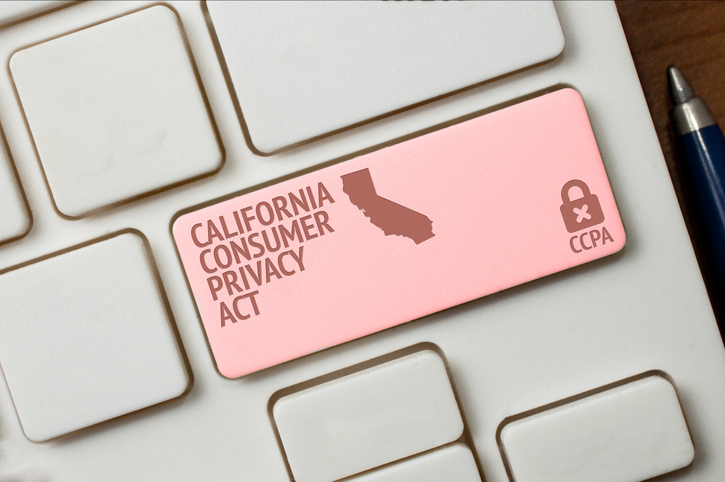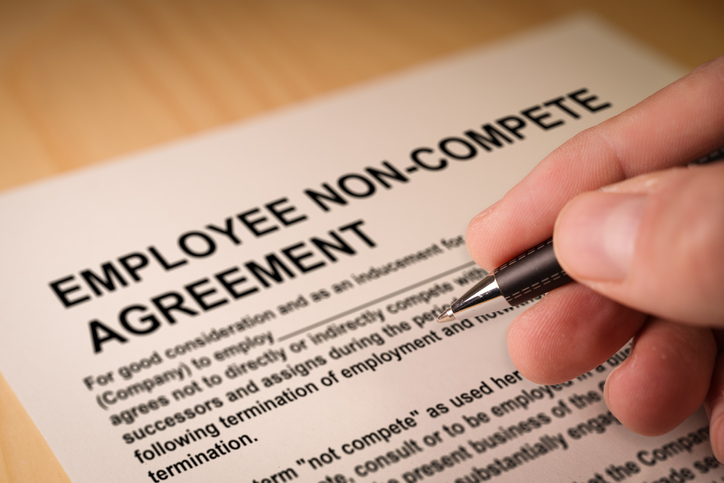Last week, the California Supreme Court issued a highly anticipated decision in Estrada v. Royalty Carpet Mills, Inc., finding that trial courts cannot strike claims under the Private Attorneys General Act of 2004 (PAGA) due to concerns about their “manageability.” Since PAGA was enacted twenty years ago, there has been a massive surge in lawsuits and an infinitely growing threat of significant penalties and attorneys’ fees. While employers were hoping that this decision would give them a tool to curtail PAGA’s harm, unfortunately, it was yet another blow for employers.
Procedural History
The Estrada case involved the issue of “manageability” of a PAGA claim. Unlike a class action, which requires a judge to certify that all class members have “commonality” in their claims, PAGA does not require such a certification. Still, some courts found that where there was a disparity in the types of claims that members of a PAGA class had experienced, a judge could strike the claim for being “unmanageable,” similar to a finding of a lack of commonality in a class action. That was precisely the holding by the Court of Appeal in Wesson v. Staples the Office Superstore, LLC, 68 Cal.App.5th 746 (2021), a 2021 decision, which found that striking a claim for lack of manageability was an inherent power held by judges in PAGA claims. A few months after the Wesson decision, the Court of Appeal in Estrada disagreed, holding that courts have no inherent authority to strike or limit PAGA claims before trial. Estrada v. Royalty Carpet Mills, Inc., 76 Cal.App.5th 685 (2022).
Last week, the California Supreme Court resolved this difference, finding that trial courts lack inherent authority to strike PAGA claims on manageability grounds. It also recognized, however, that employers have a due process right to present affirmative defenses and introduce evidence to challenge the plaintiff’s evidence and reduce damages and that there are valid concerns with manageability in complex PAGA cases, especially those involving highly individualized inquiries into the experiences of hundreds or thousands of alleged aggrieved employees.
The issue resolved by the Estrada decision is really one of timing: striking a claim because it was unmanageable would have given employers a tool to eliminate PAGA claims at the outset of the case before heavy litigation ensued. Without that tool, employers will have to rely on other procedures to limit PAGA liability, such as motions for protective orders into expensive discovery or motions for summary adjudication to limit the scope of the PAGA claim. Unfortunately, those procedural vehicles are likely to be costly and will require employers to defend themselves actively.
What Estrada Means for Employers
This holding is certainly disappointing for employers, given the time and expense of the tools available to them to curb the abuse of PAGA. While employers may no longer have a viable argument to strike a PAGA claim at the outset of a case based on manageability grounds, they should focus on using the various case management tools referenced by the Supreme Court to work their way through PAGA cases. Employers should be ready to attack PAGA complaints at the pleading stage through demurrers or motions to strike, limit the scope of discovery through phased discovery and motions to postpone discovery of contact information, and to demand an early trial management plan. Once discovery is complete, employers should consider viability of attacking the claim through a summary judgment motion.
PAGA’s Fate on the Ballot
Employers are not the only critics of PAGA claims. If a PAGA claim is settled, 75% of any penalties go to the Labor Workforce Development Agency, with the remaining 25% split between employees and their lawyers, leading employee advocates to believe that PAGA primarily benefits the plaintiff’s bar and the State, as opposed to compensating the “aggrieved employees.” In response, Californians will be voting on the California Fair Pay and Employer Accountability Act this November, which could potentially replace PAGA by providing the entire award of penalties to employees, not the State. More importantly, the Act will eliminate attorney’s fees entirely, propose an award of double penalties for employers who knowingly violate the law, and establish a Consultation and Publication Unit for employer guidance. This ballot measure will allow employees to pursue claims faster without having lawyers take large chunks of their settlements, while employers will have a defense against shakedown lawsuits. Employers, employees, and plaintiffs’ attorneys will be watching this ballot measure closely over the next year.
For more information, contact Alia Chaib or Dan Handman in the Los Angeles office of Hirschfeld Kraemer LLP. Alia can be reached at 310-255-1835 or AChaib@hkemploymentlaw.com. Dan can be reached at 310-255-1820 or DHandman@hkemploymentlaw.com.




















